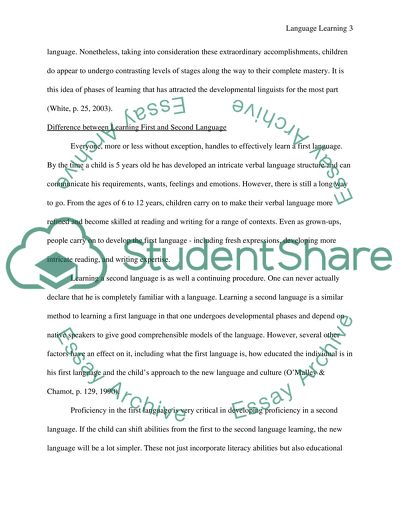Cite this document
(“What are the psychological and developmental differences between Essay”, n.d.)
Retrieved from https://studentshare.org/education/1416034-what-are-the-psychological-and-developmental
Retrieved from https://studentshare.org/education/1416034-what-are-the-psychological-and-developmental
(What Are the Psychological and Developmental Differences Between Essay)
https://studentshare.org/education/1416034-what-are-the-psychological-and-developmental.
https://studentshare.org/education/1416034-what-are-the-psychological-and-developmental.
“What Are the Psychological and Developmental Differences Between Essay”, n.d. https://studentshare.org/education/1416034-what-are-the-psychological-and-developmental.


